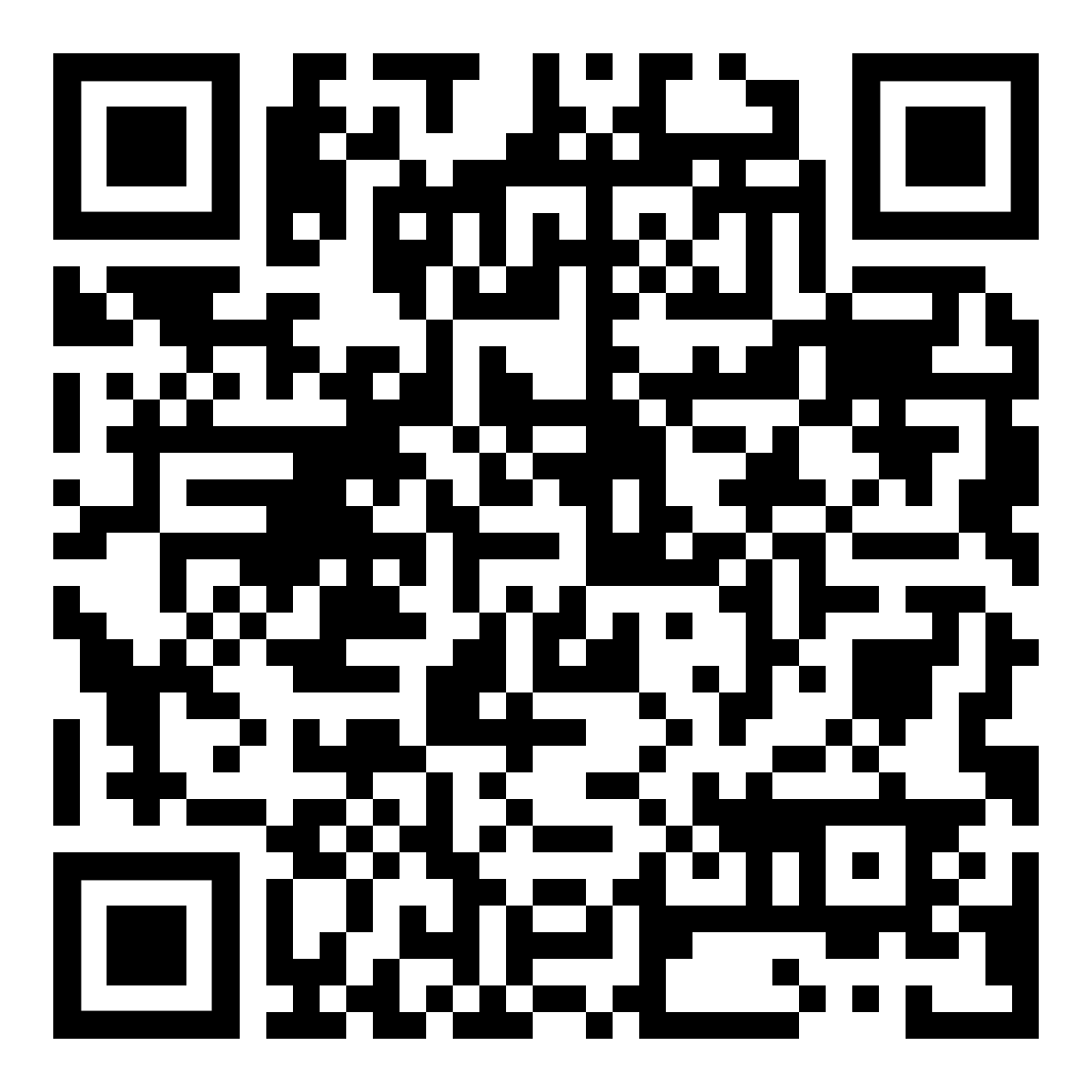Urban-Rural Linkages and covid-19 lockdown measures, perspectives from Cameroon, Kenya, Nigeria, Senegal and Zimbabwe: Summary Research Report
Many development practitioners have, until recently, viewed urban and rural areas as two mutually exclusive territories. However, this does not reflect the realities of the spatial and sectoral linkages between urban and rural areas. The two territories are two ends of a continuum of human settlements which are spatially and functionally interconnected and interdependent through physical, social, economic and environmental linkages that are continuously changing in time and space. During the coronavirus (Covid-19) pandemic, the spatial and functional linkages between urban and rural areas were greatly affected due to lockdown measures that were enforced to control the spread of Covid-19. Lockdown measures led to the disruption of transportation and flow of food, people, goods, services, resources and capital between urban and rural areas.
Food supply and distribution chains were largely disrupted and therefore affecting access to and availability of food in both rural and urban areas. In particular, Covid-19 exposed the interconnected vulnerabilities between food production, distribution and consumption within the context of city-region food systems. As such, it became evident that urban-rural linkages must be considered more carefully in the short, intermediate and long-term responses to future global pandemics. This calls for renewed territorial planning and policy agenda for national, regional and local governments, especially in sub-Saharan Africa. Sustainable urban development strategies need to consider urban-rural linkages and context in order to enhance more inclusive and resilient cities and human settlements.
Food supply and distribution chains were largely disrupted and therefore affecting access to and availability of food in both rural and urban areas. In particular, Covid-19 exposed the interconnected vulnerabilities between food production, distribution and consumption within the context of city-region food systems. As such, it became evident that urban-rural linkages must be considered more carefully in the short, intermediate and long-term responses to future global pandemics. This calls for renewed territorial planning and policy agenda for national, regional and local governments, especially in sub-Saharan Africa. Sustainable urban development strategies need to consider urban-rural linkages and context in order to enhance more inclusive and resilient cities and human settlements.
- Version
- Downloads 32
- Views 78
- File Size 6 MB
- Languages 1
- Date published 16 October 2023



